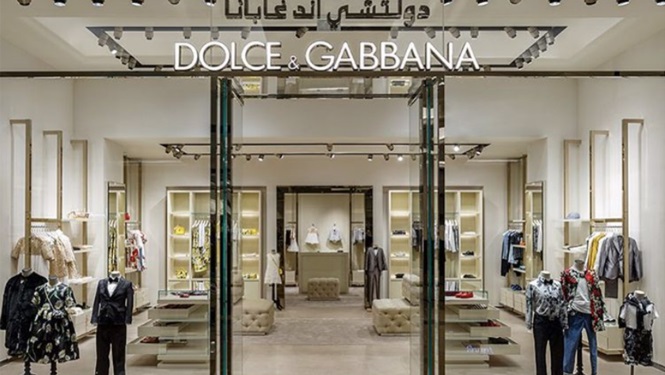The recent move of international fashion house Dolce and Gabbana, to launch their first collections of abayahs and hijabs aimed at the Muslim woman, cemented the growing importance of Muslim fashion. The brand was the latest of several major fashion labels to have recently created clothing for Muslims. DKNY, Tommy Hilfiger and Oscar de la Renta have also produced clothing lines targeting the Muslim market, while H&M featured a hijab-wearing model in one of its 2015 advert campaigns.
Such campaigns are unsurprising given the 2015-2016 State of the Global Islamic Economy Report, Muslim consumers spend an estimated $230bn on clothing, a number that is projected to grow to $327bn by 2019 – larger than the current combined clothing markets of the UK, Germany and India.
Such developments have divided opinion amongst Muslims, some praising the recognition of “modest” fashion by haute couture brands, and others believing that the domination of the industry by mainstream brands exclude smaller Muslim businesses that have contributed to the industry for some time.
Comment:
The exportation of couture collection from the catwalks of London, Paris or Milan and the prevalence of beauty pageants, has precipitated a shift amongst Muslims such that the idea of “Muslimah fashion” has become mainstream. Such moves a have been hailed as a step in the right direction and a symbol of progress or modernisation for Muslim women, bringing them closer in line with the liberal, secular values of their counterparts in the West. They suggest that the ability to decide for herself how she looks, what she wears and how she conducts herself is liberation and that it leads to her empowerment. However, the western ‘ideal’ of a woman is clearly not what the Muslim world or even any woman (of sound mind) should want or aspire to.
While the dress code of the Muslim woman is mocked and disgraced by celebrities and politicians in secular societies, we now see a situation where Muslims seek to change this narrative by adapting the Islamic dress code to better suit Western tastes and values.
The promotion of such trends steers young sisters away from what Allah revealed and has weaved doubt among Muslims with what is right and wrong. The West is trying to redefine the meaning of hijab in order for Muslim women to break ties with Islam by gradually placing ideas of fashionable hijab and making them feel that the idea of hijab is an oppressive and constraining form of dress.
In Islam, people are elevated and lauded for their character, over their exterior appearance. Even when considering the perceptions we hold of the wives of the Prophet ﷺ, it is both interesting and important to note that how externally beautiful they were does not dominate our knowledge about them – Rather we know the great charity that Zaynab (ra) gave, the expertise and amount of hadith Aisha (ra) knew, the wisdom Umm Salama (ra) had and so forth. It is their character and contributions towards Islam that dominate their reputation.
The Muslim woman is confident about whom she is and her enlightened thinking allows her to be freed from the servitude to her desires or those of men. She is not preoccupied with her looks or crippled by her insecurities but rather she understands her own self worth, her purpose in life and knows there are more dimensions to her than just her appearance. She has a meaningful existence, responsibilities to undertake and an important position and role to occupy within society for the betterment of humanity. Her ambitions in life are not selfish but rather she lives to gain the pleasure of Allah سبحانه وتعالى. This should be our ideal, as Allah سبحانه وتعالى epitomizes in the Quran,
إِنَّ أَكْرَمَكُمْ عِندَ اللَّهِ أَتْقَاكُمْ
“The most honourable of you with Allah is that (believer) who has more Taqwa.”
(Al-Hujurat: 13)
Aisha Hasan

